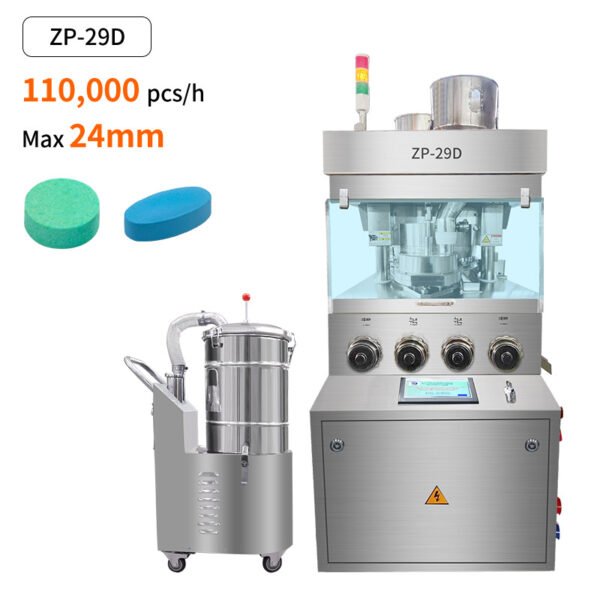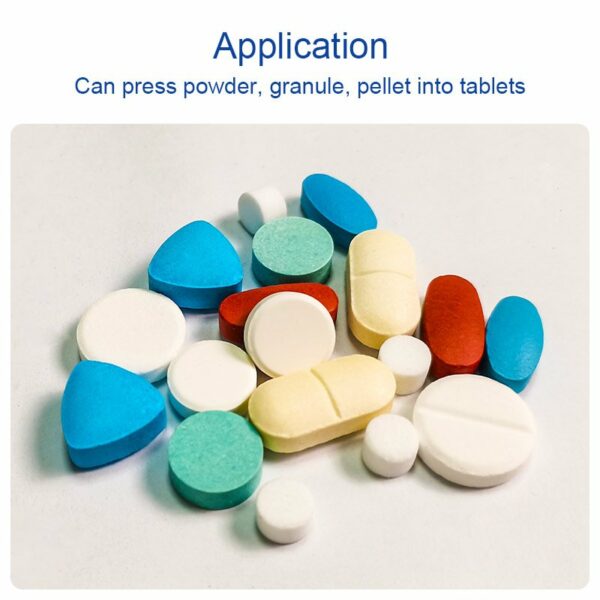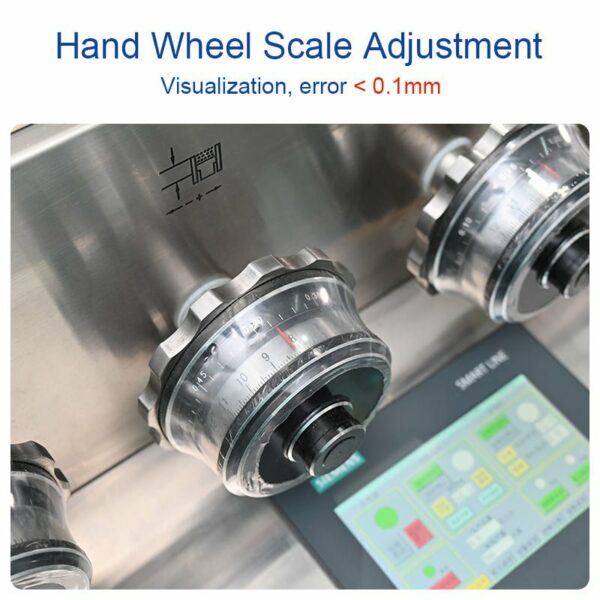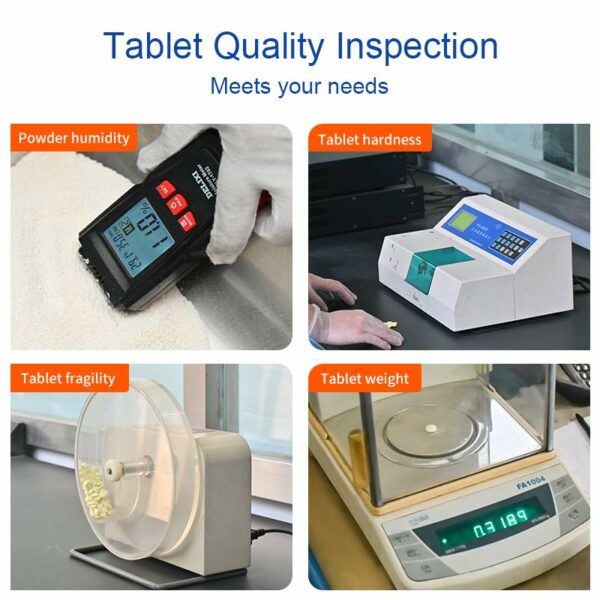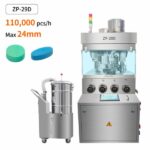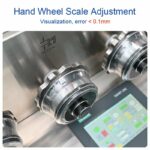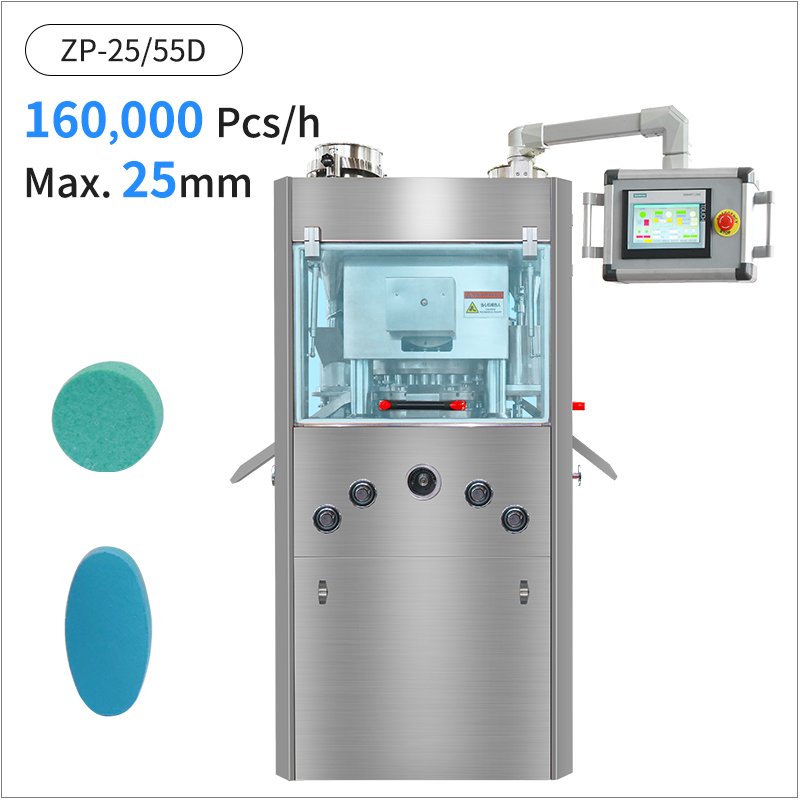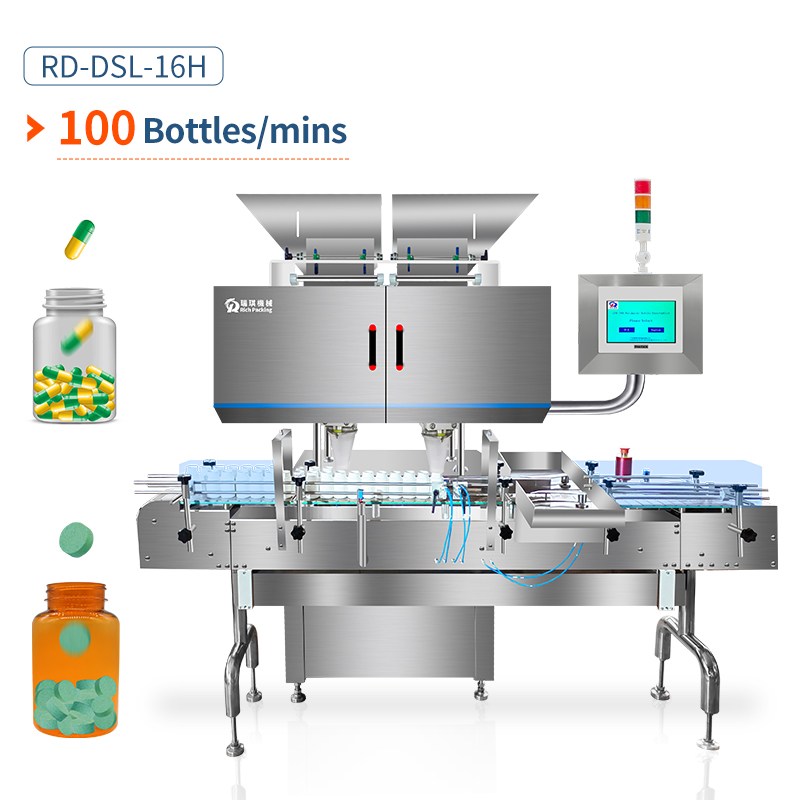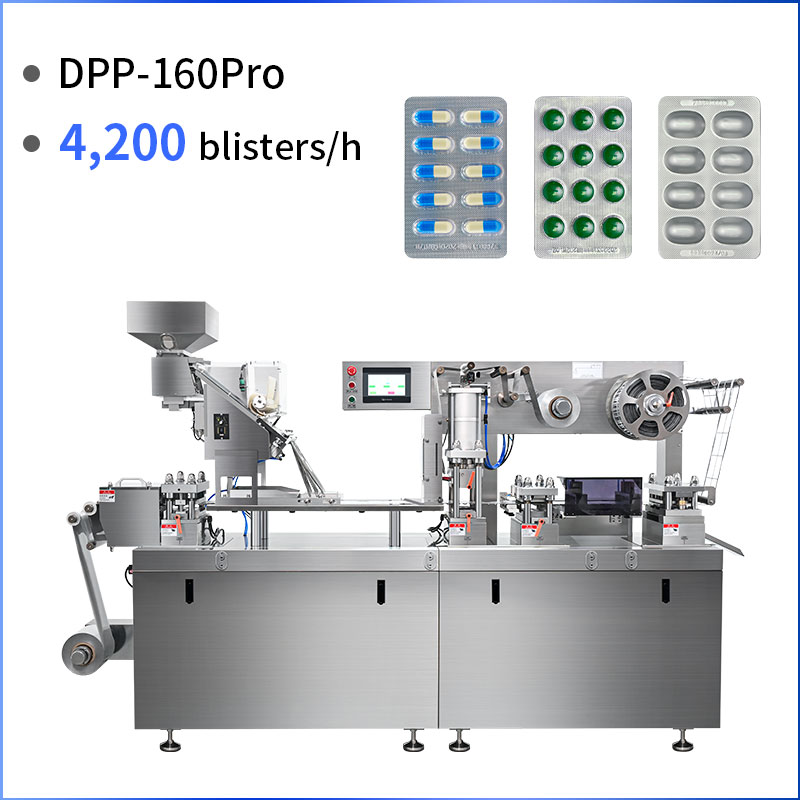At Ruidapacking, we engineer the ZP-29D Tablet Press to deliver unmatched versatility for pharmaceutical, nutraceutical, and industrial applications. A critical factor in achieving perfect tablet consistency is selecting the right die type. Our tooling options—D, DD, B, and BB dies—cater to diverse production requirements, ensuring optimal efficiency, minimal waste, and superior tablet quality. Here’s how each die type benefits your operation:
1. D-Type Dies: Standardization & Cost Efficiency
D-Type dies are the industry standard for high-volume production of common round tablets (typically 5–25mm diameter). Their universal design ensures compatibility with most rotary tablet press and ancillary equipment. Benefits include:
Lower Tooling Costs: Widely available and economical for routine production.
Ease of Maintenance: Simplified cleaning and polishing extend die lifespan.
Rapid Changeovers: Interchangeability reduces downtime between batches.
Ideal for manufacturers producing large batches of vitamins, analgesics, or standard supplements where speed and cost control are priorities.
2. DD-Type Dies: Enhanced Durability for Abrasive Formulations
DD-Type dies feature double-deep (DD) specifications, with extended die lengths and reinforced construction. This design excels when processing abrasive or corrosive powder blends (minerals, effervescent mixes). Key advantages:
Extended Service Life: Hardened steel resists wear from abrasive compounds, reducing replacement frequency.
Improved Compression Stability: Minimizes capping/laminating in challenging formulations.
Reduced Contamination Risk: Tight tolerances prevent material buildup in die bores.
Essential for producing tablets with high filler content, APIs, or granule blends demanding rigorous compression cycles.
3. B-Type Dies: Versatility for Complex Shapes & Small Batches
B-Type dies support multi-tip punches (caplet, oval, or custom shapes) and smaller tablet sizes. Their European-standard design (ISO 18084) offers flexibility for R&D or niche production:
Complex Geometries: Enables intricate embossing, break lines, and non-round shapes without compromising structural integrity.
R&D Agility: Perfect for prototyping new formulations or small-batch runs.
Reduced Material Waste: Precision alignment ensures uniform weight/ hardness in low-volume production.
Choose B-Type for premium supplements, veterinary tablets, or personalized medicine requiring unique branding or dosing precision.
4. BB-Type Dies: Specialized Performance for Micro-Tablets & High-Potency APIs
BB-Type dies are engineered for ultra-small tablets (<5mm) and high-potency active ingredients. Their smaller punch head diameter and enhanced guidance system deliver:
Unmatched Accuracy: Tight control over fill depth and compression for micro-dosing.
Minimal Cross-Contamination: Ideal for potent compounds requiring strict cleaning protocols.
Optimized Powder Flow: Prevents bridging in low-weight formulations.
Critical for pediatric drugs, hormone therapies, or effervescent micro-tablets where dosage consistency is non-negotiable.
Why Choose Ruidapacking for Your Needs?
cGMP Compliance: All tablet press machine meet USP, EU, and ISO standards for material traceability.
Custom Solutions: Request bespoke machine for sticky formulations.
Global Support: Global on-site debugging and technical guidance.
